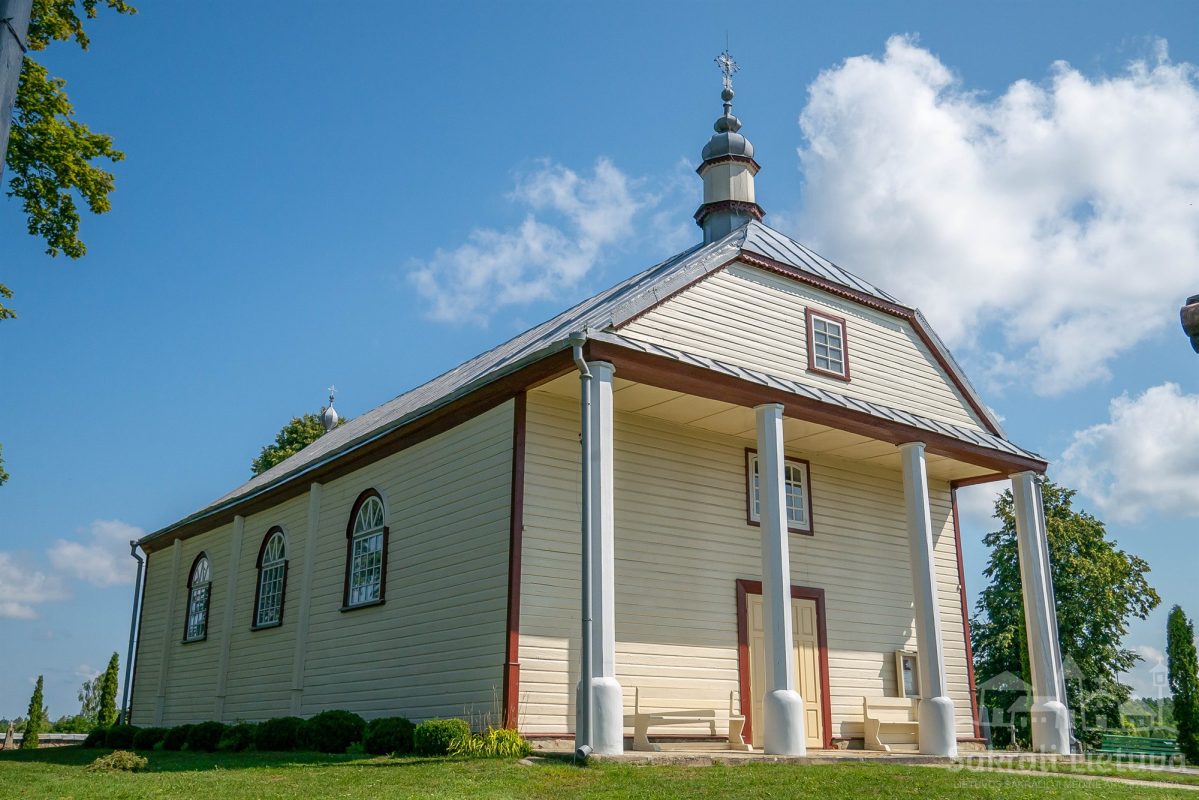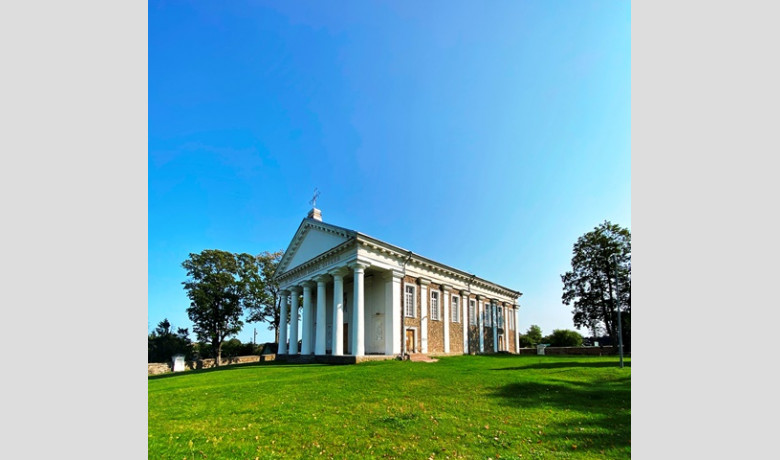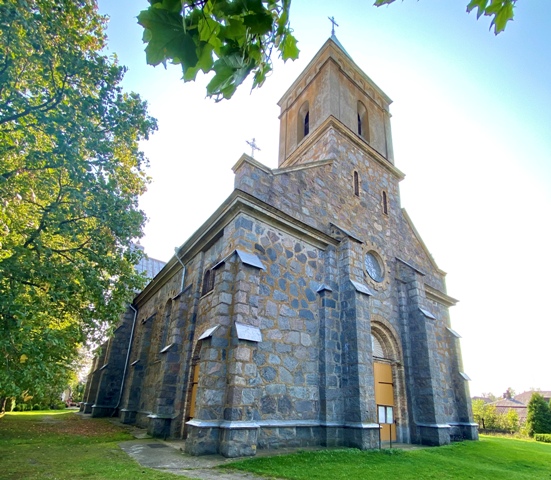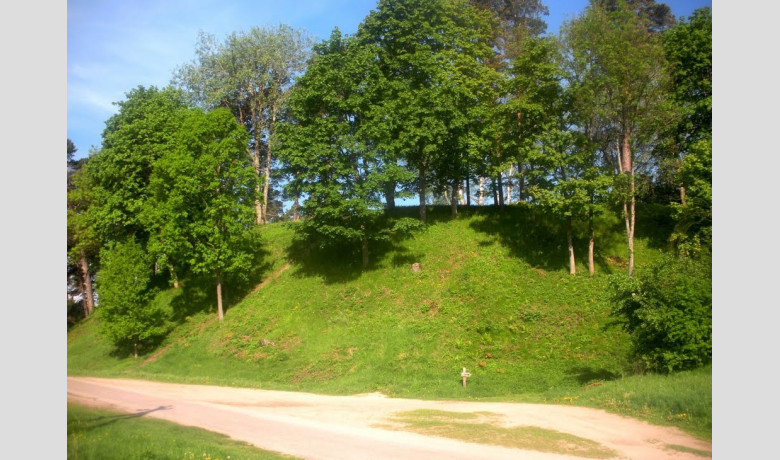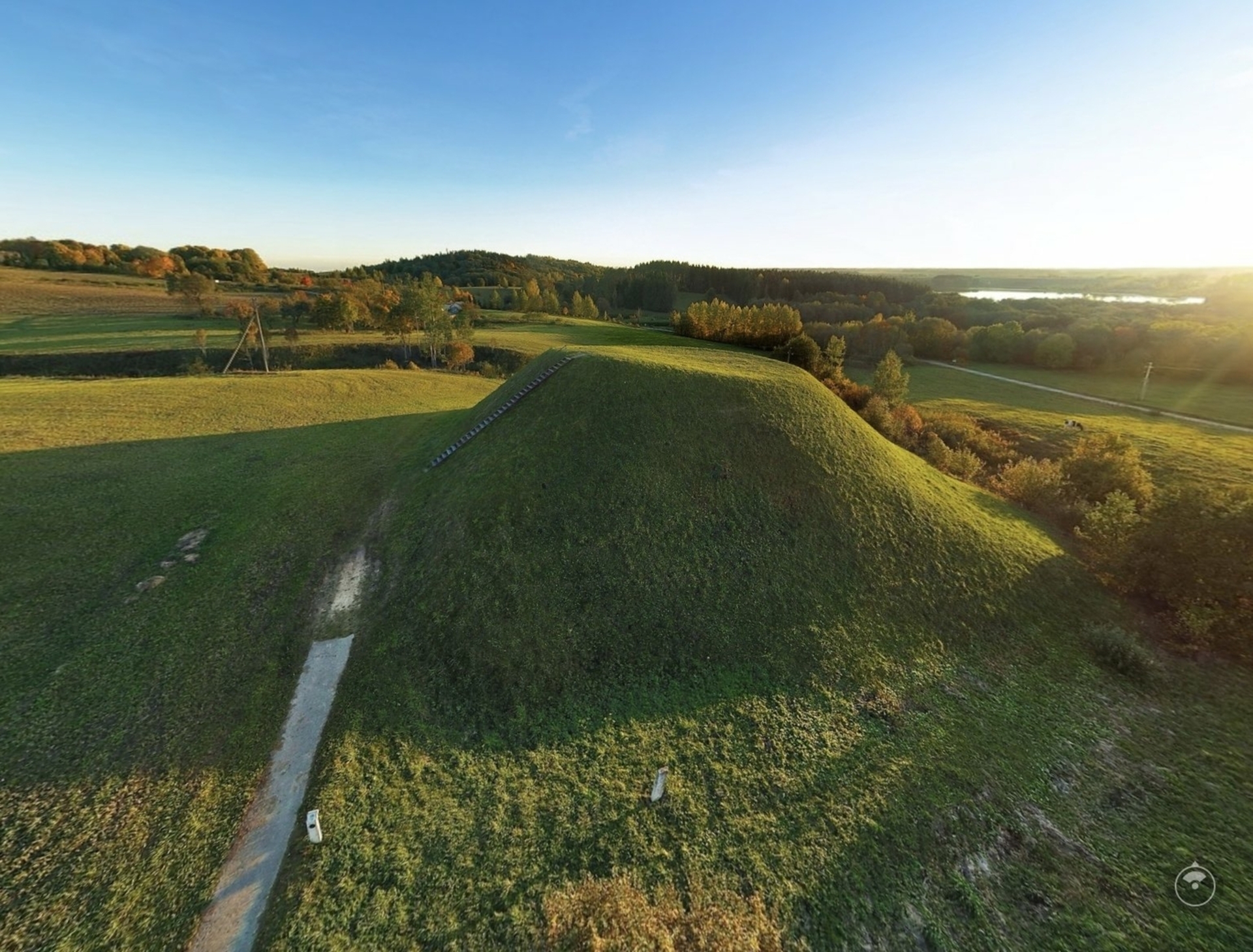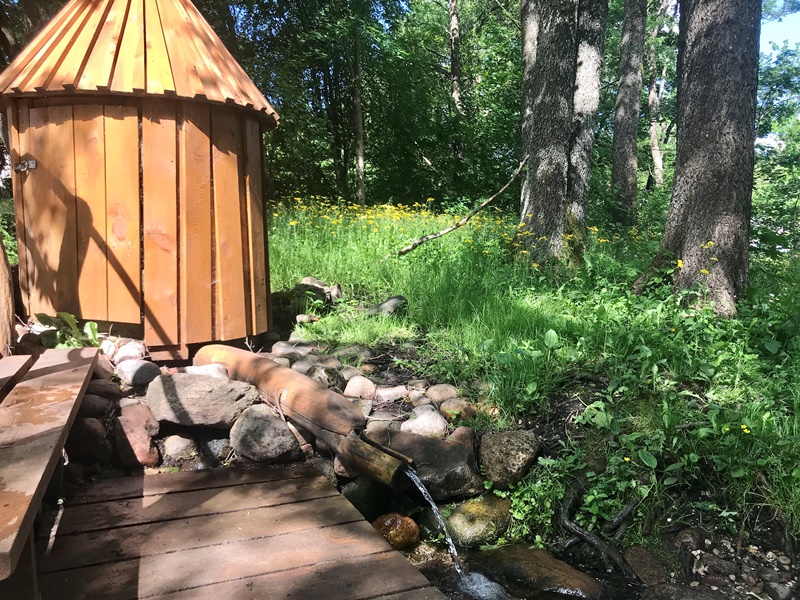Nikroniai Stone with Symbols

174

0

1
0 out of 5
(0 reviews)
In the territory of Aukštadvaris Regional Park, along the lake shore, one can find the deeply embedded Nikroniai Stone, also known as the Great Stone. Hidden in the Babrauninkai Forest between Lake Sienis and Lake Verniejus, this stone is a geological natural monument. The Trakai Forestry Department oversees and maintains this object and its surroundings for the convenience of visitors.
Info
In the territory of Aukštadvaris Regional Park, along the lake shore, one can find the deeply embedded Nikroniai Stone, also known as the Great Stone. Hidden in the Babrauninkai Forest between Lake Sienis and Lake Verniejus, this stone is a geological natural monument. The Trakai Forestry Department oversees and maintains this object and its surroundings for the convenience of visitors.
Nikroniai Stone is a massive glacial erratic, capable of accommodating dozens of people! The dimensions of the stone are truly impressive: it is 6.3 m long, 3 m wide, and 2.2 m high. It is irregularly shaped, gray granite in color, with part of it buried underground, and its age is estimated to be around 14,000 to 16,000 years. Geological studies indicate that these Scandinavian stones are among the highlights of Aukštadvaris Regional Park. It is believed that, like many massive stones in Lithuania, Nikroniai Stone originated in Scandinavia millions of years ago and was transported to Lithuania during the last glaciation.
Interestingly, Nikroniai Stone bears clearly visible various marks, letters, and symbols. On one side, nearly 2 meters of horizontal space is engraved with large letters (about 35 cm) spelling "MOPT". Above the inscription, there is an arrow or pointer. On another side of the stone, a symmetrical cross about 30 cm in diameter is visible. Historical sources mention that there used to be two such crosses. Additionally, there is a carving on the stone resembling a coat of arms.
Because of these mysterious symbols, Nikroniai Stone is shrouded in secrets and associated with Lithuanian history and ancient Baltic mythology. This enigmatic stone fascinates archaeologists, historians, and specialists from other fields of science. It's not surprising that numerous stories have been created about this natural heritage object.
The Mysterious Symbols
The first written source mentioning Nikroniai Stone is the book "Pėdos akmenyje" (Footprints in Stone) by Petro Tarasenkos, published in 1958. The author describes in detail the appearance of the stone and the symbols on it. Letters like MOPT, arrows, crosses, and coats of arms inspire various tales, speculations, and discussions.
Locals recount that around 1904–1905, Nikroniai Stone served as a boundary marker separating state-owned forests from noble estates. The nobleman carved the letters MOPT and an arrow pointing towards his lands. Residents claim that the mysterious letters are from a Polish phrase "Moje pieniadze tutoj," meaning "My money is here," in Lithuanian abbreviation. It is believed that a cursed treasure lies beneath the stone, evident from remnants of treasure hunters' attempts around the stone.
However, others argue that Nikroniai Stone couldn't have been a boundary marker because it stands in the middle of Odynec family estates. It is known that noble families used to carve initials and family coats of arms on stones to mark their property or commemorate the deceased. Helena, daughter of the last manor owner
Vladislav Odynec, stated that the letters MO signify Michal Odyniec. Records in Aukštadvaris and Onuškis churches confirm he served as a court official, resolving land boundary disputes as a judge. Thus, MOPT could mean "Michal Odyniec Podkomorzy Trocki" (Michal Odyniec, Deputy Castellan of Trakai). Additionally, Vladislav Odynec's daughter confirmed that the Odynec family's coat of arms, the Horn or the Lonely, was also carved on the stone.
Residents of Aukštadvaris and surrounding Trakai regions have preserved memories of the noble Odynec family to this day. Locals regarded this family as princes, although they had not used the title since the 17th century. Vladislav Odynec, the mill manager of Nikroniai, was one of the initiators of the establishment of Aukštadvaris parish and the construction of the church.
You Can't Buy Heaven's Blessings...
Numerous legends connect Nikroniai Stone with a hidden treasure. Some believe that an arrow carved into the stone points to buried treasures, and the letters MOPT below the arrow reveal the distance. It is evident from the surrounding area that attempts have been made to find the treasure more than once...
A widely circulated story tells how Vladislav Odynec buried his money and... forgot where! It is said that he searched long for his hidden treasure but never found it. Out of despair or perhaps under the influence of strong spirits, he threw himself under a train.
There are legends linking the treasure even to Napoleon. In 1812, while resting in the Babrauninkai forest, Napoleon decided to hide his golden service and coins. After making the decision, he ordered soldiers to bury his valuable treasure and cover it with a massive stone! Another story tells that news of the hidden treasure reached Napoleon's soldiers stationed nearby. They started digging and... found the treasure! However, it wasn't money but books.
Despite what the legends say, today we know one fact. Not long ago, a tractor driver working near the nearby ancient graves unearthed a pot of money. Now, this treasure can be viewed at the Trakai Castle Museum.
Alka - a Baltic Sacred Site
In ancient times, Nikroniai Stone was revered and considered sacred. Perhaps it was attributed to sacrificial stones in pre-Christian religion? Maybe in ancient times, priests kindled sacred fire here? Crosses carved into the stone are often considered symbols of the sun.
Another interesting feature is that there is a 26 cm deep human-carved hollow on top of the stone, which always has at least a drop of water. It is believed that this water is sacred and has healing properties. In ancient times, people came from afar to drink this water to refresh their eyes. When snow fell, they would drink and take some with them. Believers not only washed their eyes here but also left money, which the priest used to hold masses.
Elders say that sometimes flames wander here at night, but only very good people can see them. Moreover, some claim that spirits gather here...
Found a mistake?
Report
Whats new?
Nearby attractions

 Entertainment
Entertainment
 Sightseeing
Sightseeing
 Food establishments
Food establishments





























 54.554549, 24.596054
54.554549, 24.596054
 Get directions
Get directions








